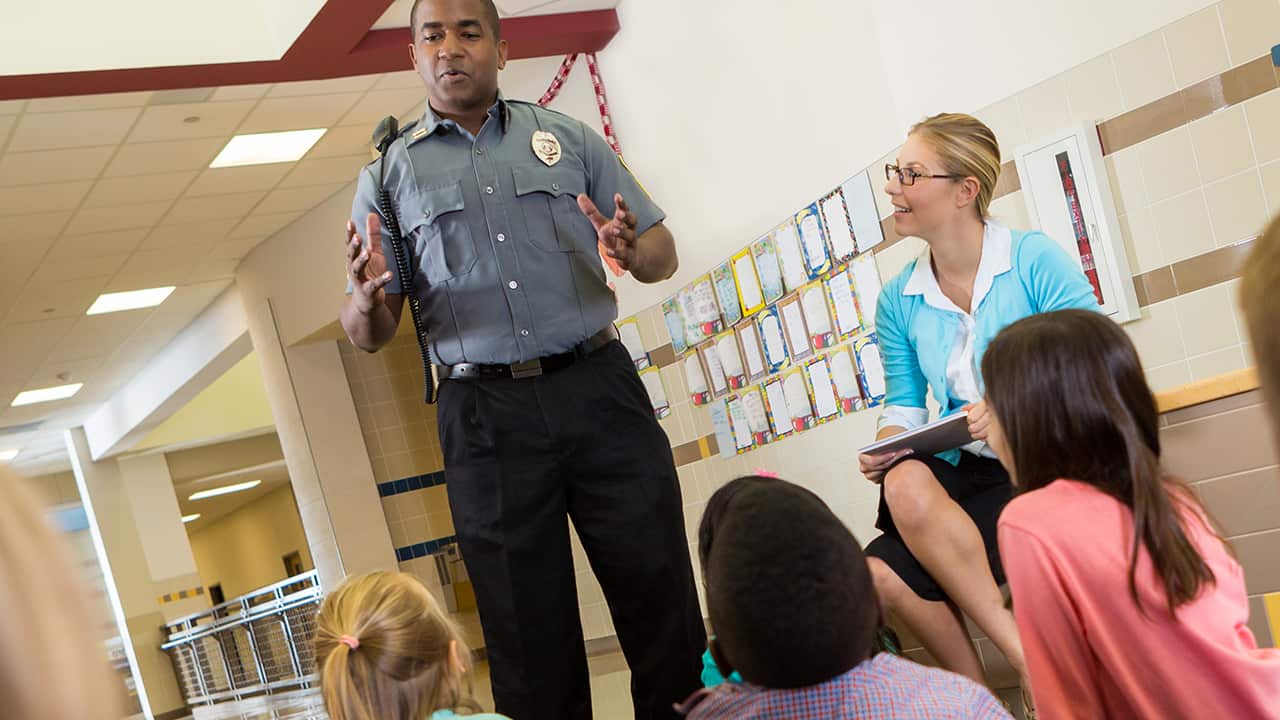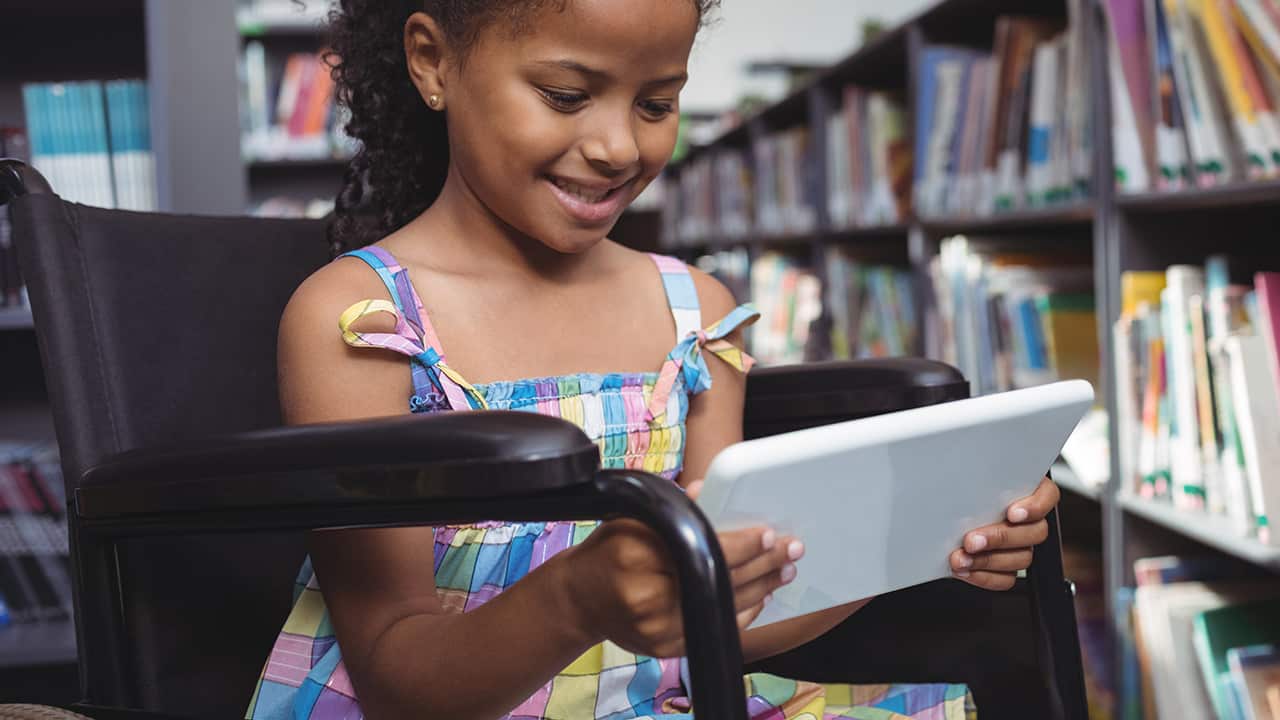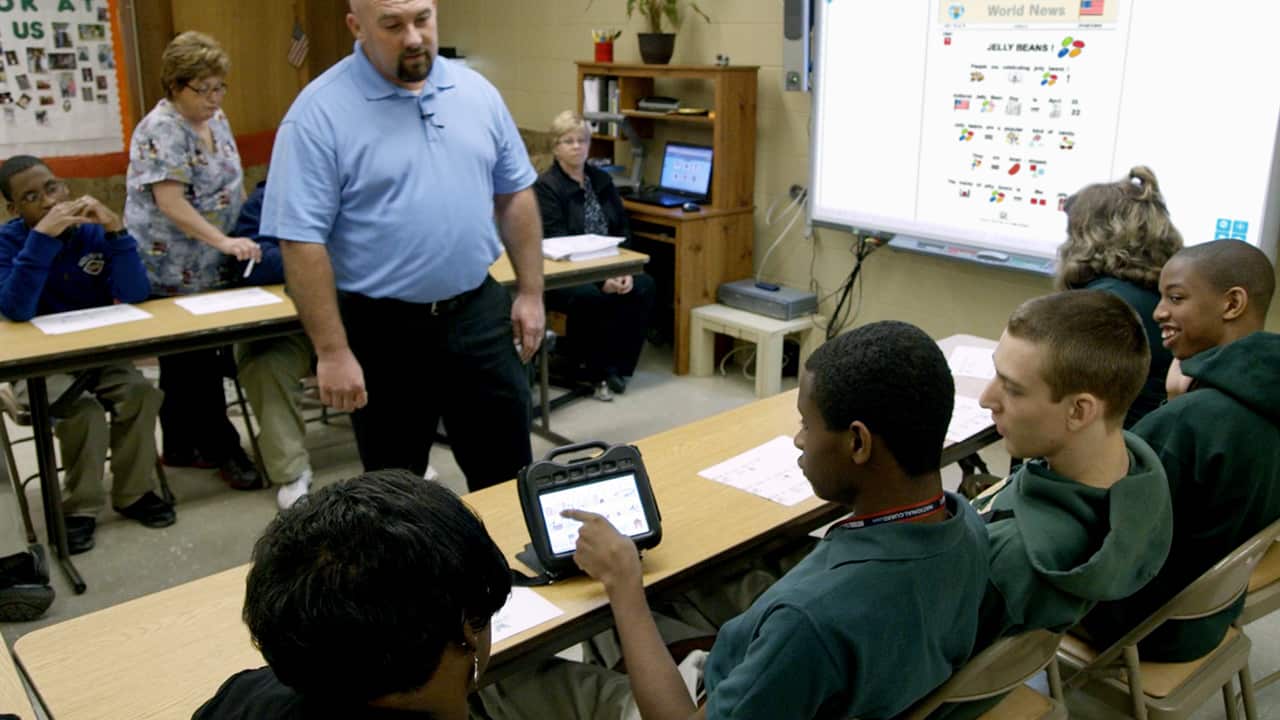Bookmark this page so you can follow the series and come back to it for easy reference when you want a refresher.
Create a Travel Plan
Traveling with a child or adolescent with special needs is doable (really!) but requires early and extra planning to ensure a successful trip for everyone. A comprehensive travel plan will make your life and the trip a lot easier. A strong plan ensures packing is appropriate, adults know what to do in case of a medical emergency, everyone has safe physical access, and persons who use alternative communication supports are included and enjoy their time.
When selecting your destination, know that many travel sites already detail where to find fun activities for children and families. If you’re not sure where to start, try a simple online search: “[Destination] activities for kids.” Results will direct you to websites for the city’s local chamber of commerce, visiting guides written by parents, and Trip Advisor articles titled Top Things to Do with Kids in [Destination], for example.
Businesses are more aware of families’ needs than they have been in the past. Travel destinations, hotels, and theme parks compete for travel dollars from families. That means better accommodations and amenities for everyone.
Plan Ahead When Packing
Here are some general items to consider packing to make traveling with children with special needs a little easier and more fun—for everyone.
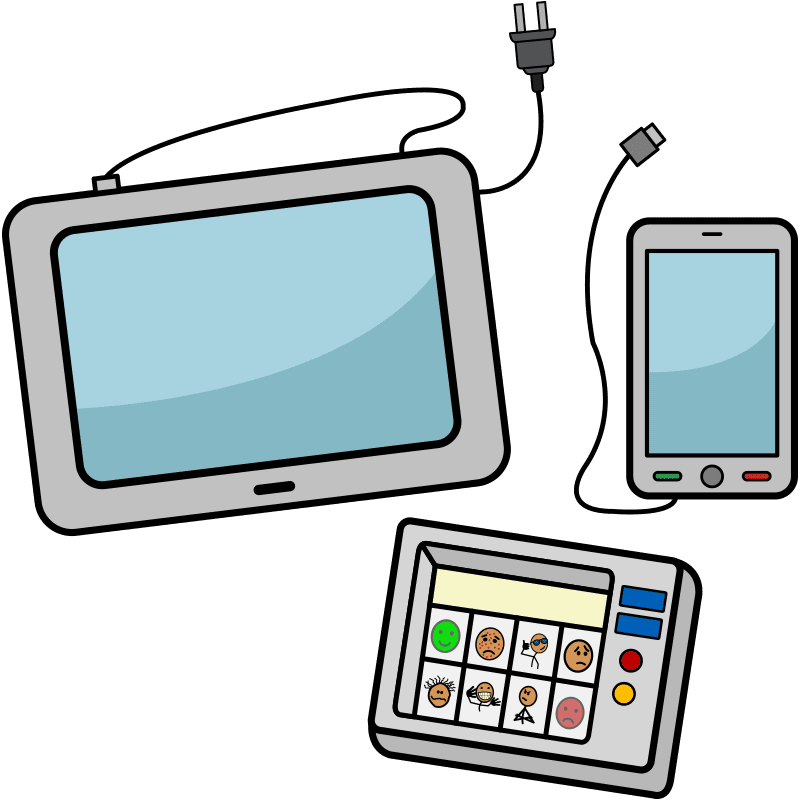
Power Options
How many hotel rooms have you been in where there are only a few outlets—two in the bathroom, the others wedged behind furniture? A one-time purchase of a brightly colored multiplug outlet will be a great convenience to your family if you use battery-operated devices such as phones, tablets, communication devices, and laptops. Why use a brightly colored outlet? It stands out visually and helps you remember to pack it when you leave the hotel.
If you are traveling overseas, remember to check voltage. American appliances run on 110 volts and European appliances use 220 volts. You may need a plug and/or power adapter.

Ziplock Bags
Having extra plastic bags is never a bad idea. (For safety, remember to keep them far out of children’s reach.) Ziploc bags are great for transporting wet clothing, sandy shoes, half-eaten snacks, extra sets of supplies, and more. Heavy-duty zippered plastic bags are great for holding communication boards for water-resistant communication supports, too. Use Ziploc bags to shield electronics from sand or moisture or to keep cords and chargers all in the same place. Don’t have room for an entire box of bags? Take them out of the box and use a hair tie to keep the bundle together until you need them. You should consider bringing different sizes of bags to accommodate different needs.
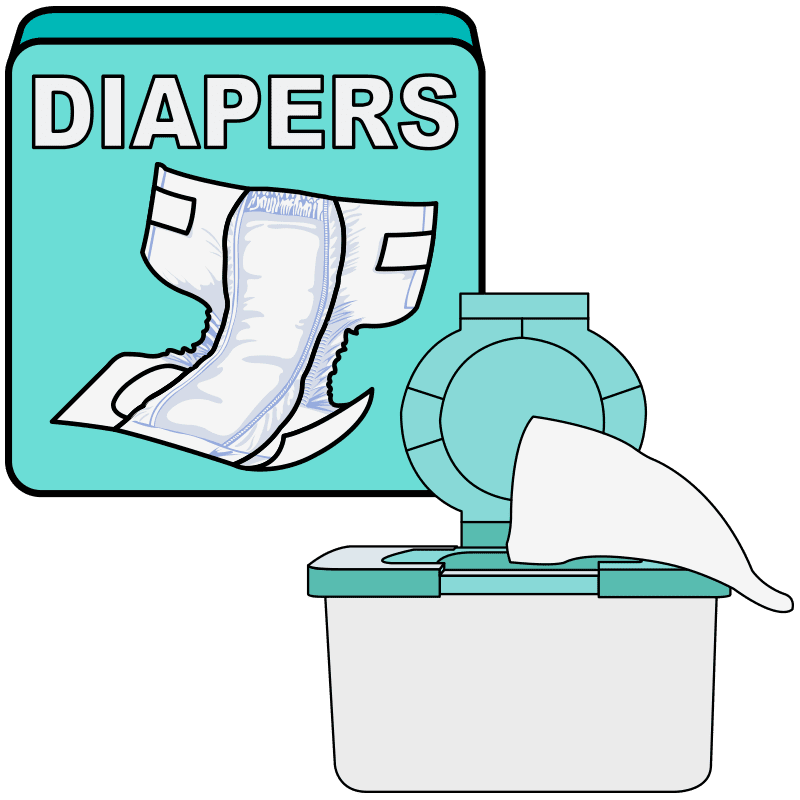
Extra Diapers and Wipes
Travel demands different schedules for everyone on the trip including children who are learning, practicing, or struggling with toileting skills. Pack extra diapers and wipes so that everyone is comfortable. If luggage or bag space is limited, try using the outside pockets of suitcases for storing extra diapers.

Favorite Entertainment and Backup Plans for Diversion
Media and entertainment options are different at home than during travel. Consider using locally stored (in other words, downloaded) media instead of streaming so that you don’t have to rely on internet access to view favorite shows or movies.
Families have different rules and rhythms for screens. If your family uses screens on a limited basis at home, you may wish to consider relaxing rules for screens during travel. A few cartoons during a 10‑hour car trip or long flight could mean the difference between a meltdown and making it.
A few ideas for travel-friendly, non-screen activities for kids:
- Sticker booklets
- Reusable window stickers/decals
- Books (print or audio)
- Magic ink books
- Mess-free painting books
- Magnetic books/playboards
- Personal/hand-held whiteboard with marker
- Origami

Specific Eating Utensils or Drinking Cups
If you are staying at a hotel or a friend’s house or apartment, you can probably locate or request additional towels and toiletries, but they may not have a sippy cup or sports bottle for a person learning how to use an open cup or glass. The supplies provided at your destination site will probably not include specialized or favorite daily supplies. It will be worth it to you and to your child with special needs to bring the familiar bib, cup, bottle, tray, or other necessary eating/drinking supplies.
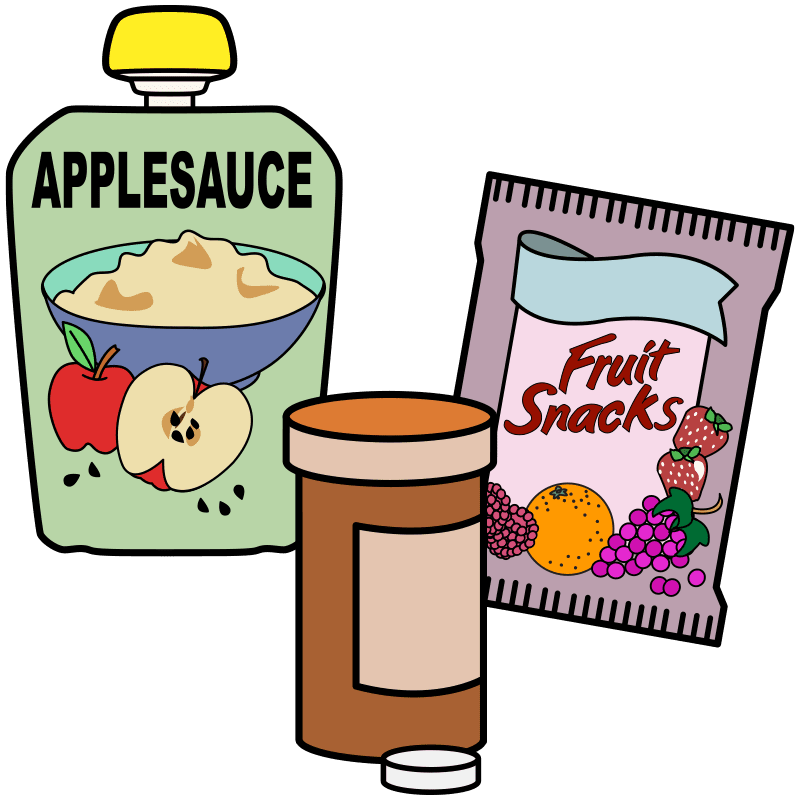
Snacks and Medication
Be sure to pack plenty of snacks for your trip as well as enough medication for the duration of your travel—plus an extra day or two if you’re able. (We cover medication and food considerations in greater detail in the next article, focusing specifically on traveling and medical access). Don’t forget to pack healthy snacks for you to enjoy. Parents need fuel and hydration, too!
Additional Considerations for Travel
Make a Checklist
Well in advance of your departure date, create an organized checklist of what to bring for the whole family. Pull out suitcases before the trip and begin to pack some items. If you are staying at a vacation rental or with friends, ask if towels, hairdryers, and basic toiletries will be provided so you don’t overpack.
Bring COVID Documentation
Some cities, states, and/or countries now require proof of a negative COVID‑19 test before entry, and some may soon begin asking for proof of COVID‑19 vaccination. If this applies to your destination site, be sure to have this documentation ready alongside your identification and other key paperwork.
Pre-plan Your Transportation
Identify all types of transportation you will use—airplane, rental car, shuttle bus, other? If your child uses a wheelchair or another type of assistive device, be sure to plan for this accommodation at each stage of the journey. Most taxi companies and ride-sharing companies offer wheelchair-accessible options, and rental car agencies also cater to all types of families.
Know What’s Allowed
Call each destination on your trip before heading out to ensure children are permitted, as well as items you may need to bring, such as strollers, liquids, snacks, and bags. Although children may be allowed, strollers may not be. (But you may be able to rent one.) Likewise, sealed bottles and sippy cups may be allowed, but not cans or 20‑ounce soda containers. Shoulder bags may be allowed, but backpacks may have to be checked. Or they may need to be transparent.
Ensure Data Connectivity
Investigate data options for phone and internet while you travel. If you think you will travel through or to places with spotty internet or cell service, ask your provider about options. Planning for the expense could be less costly than assuming all coverage is the same. Alternatively, consider turning off items that use data until you reach your destination. Then connect to what is hopefully free Wi‑Fi!
Alert Your Bank
Notify your bank that you will be traveling. Tell them which days you will be away so your credit and debit cards will not activate fraud alert notifications or usage freezes during your trip.
Finally, when your trip is over, consider reviewing and rating restaurants and venues on travel sites for children, families, accessibility, and accommodations. Other travelers will appreciate and benefit from your experiences!
What’s Next
The next article in our travel series, Travel and Medical Access, will focus on medical considerations as you plan your adventures!

